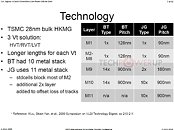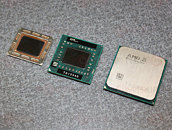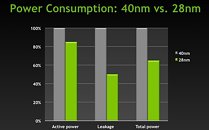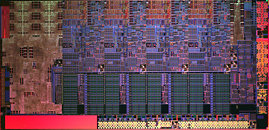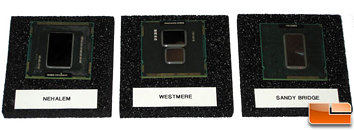
SK Hynix's LPDDR5T, World's Fastest Mobile DRAM, Completes Compatibility Validation with Qualcomm
SK hynix Inc. announced today that it has started commercialization of the LPDDR5T (Low Power Double Data Rate 5 Turbo), the world's fastest DRAM for mobile with 9.6 Gbps speed. The company said that it has obtained the validation that the LPDDR5T is compatible with Qualcomm Technologies' new Snapdragon 8 Gen 3 Mobile Platform, marking the industry's first case for such product to be verified by the U.S. company.
SK hynix has proceeded with the compatibility validation of the LPDDR5T, following the completion of the development in January, with support from Qualcomm Technologies. The completion of the process means that it is compatible with Snapdragon 8 Gen 3. With the validation process with Qualcomm Technologies, a leader in wireless telecommunication products and services, and other major mobile AP (Application Processor) providers successfully completed, SK hynix expects the range of the LPDDR5T adoption to grow rapidly.
SK hynix has proceeded with the compatibility validation of the LPDDR5T, following the completion of the development in January, with support from Qualcomm Technologies. The completion of the process means that it is compatible with Snapdragon 8 Gen 3. With the validation process with Qualcomm Technologies, a leader in wireless telecommunication products and services, and other major mobile AP (Application Processor) providers successfully completed, SK hynix expects the range of the LPDDR5T adoption to grow rapidly.

















